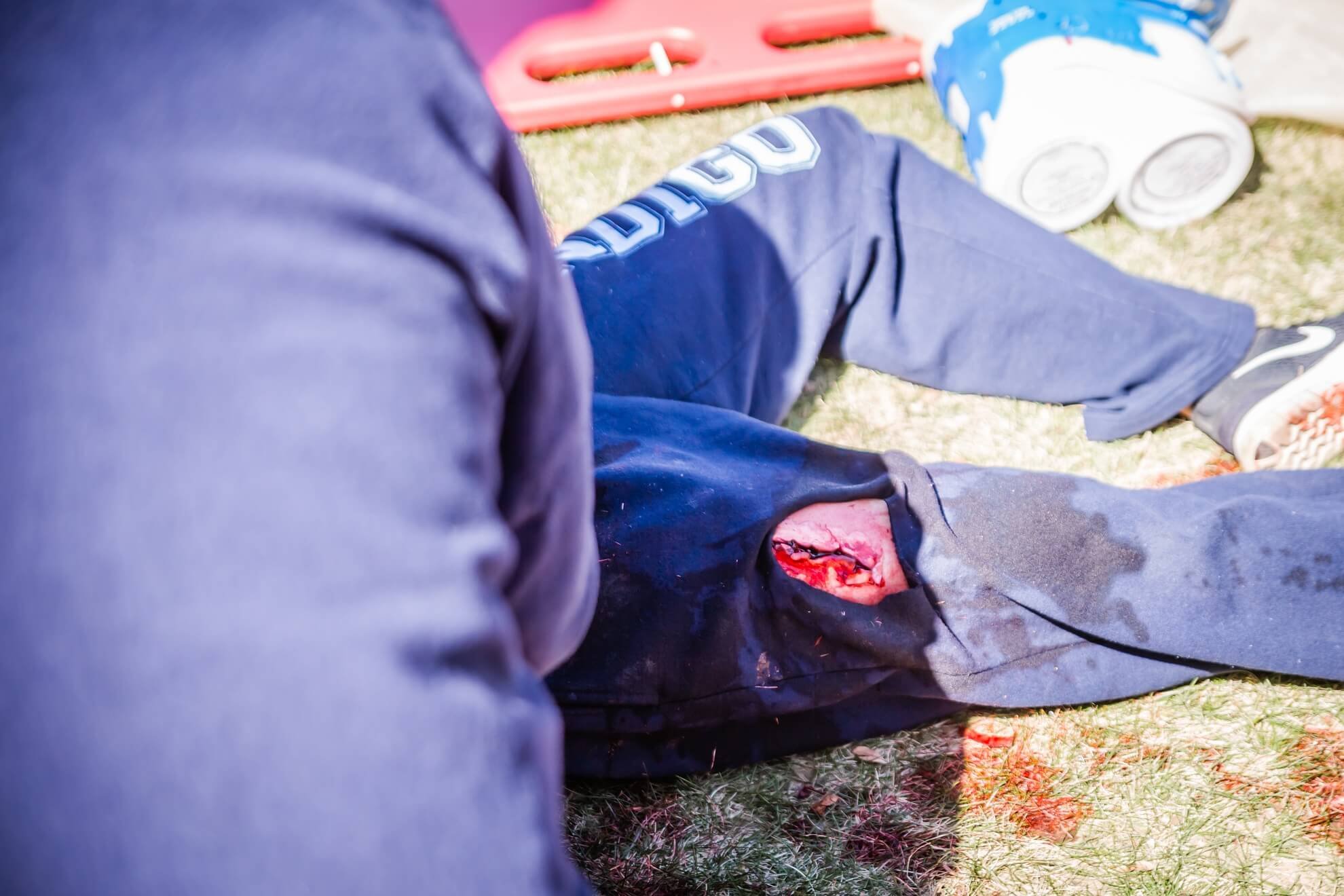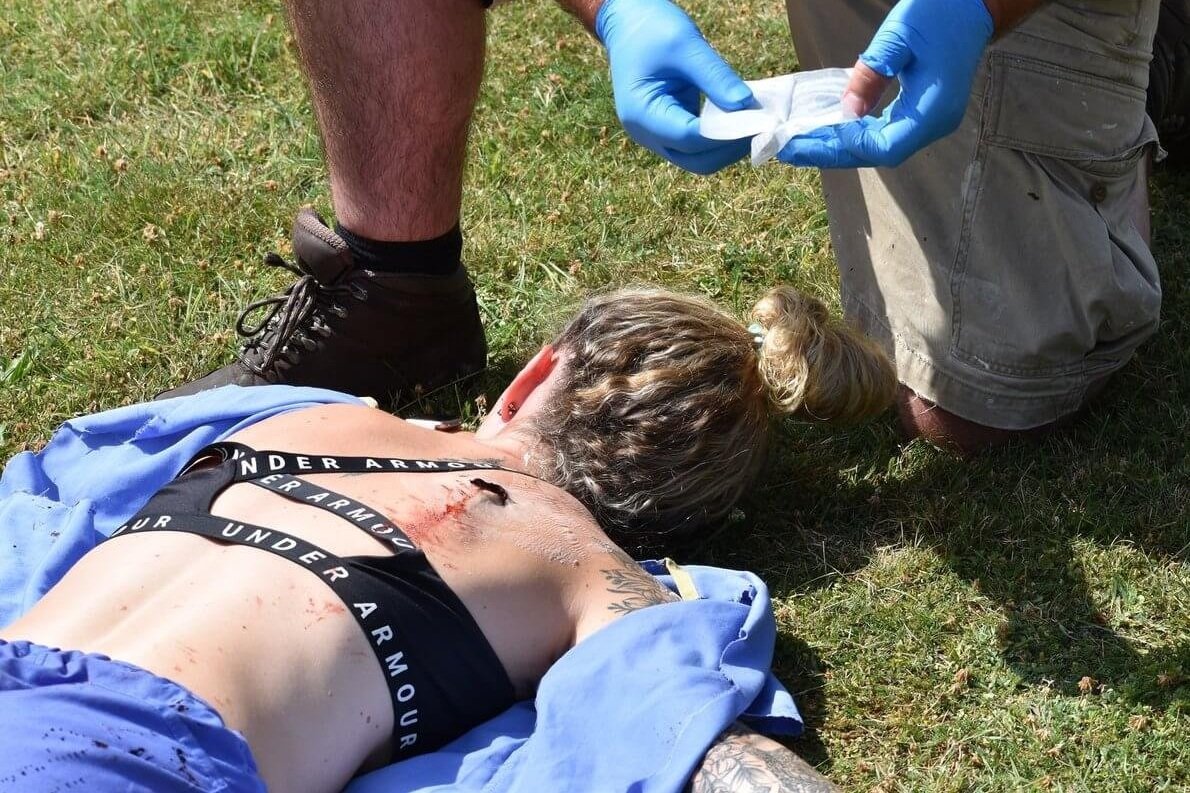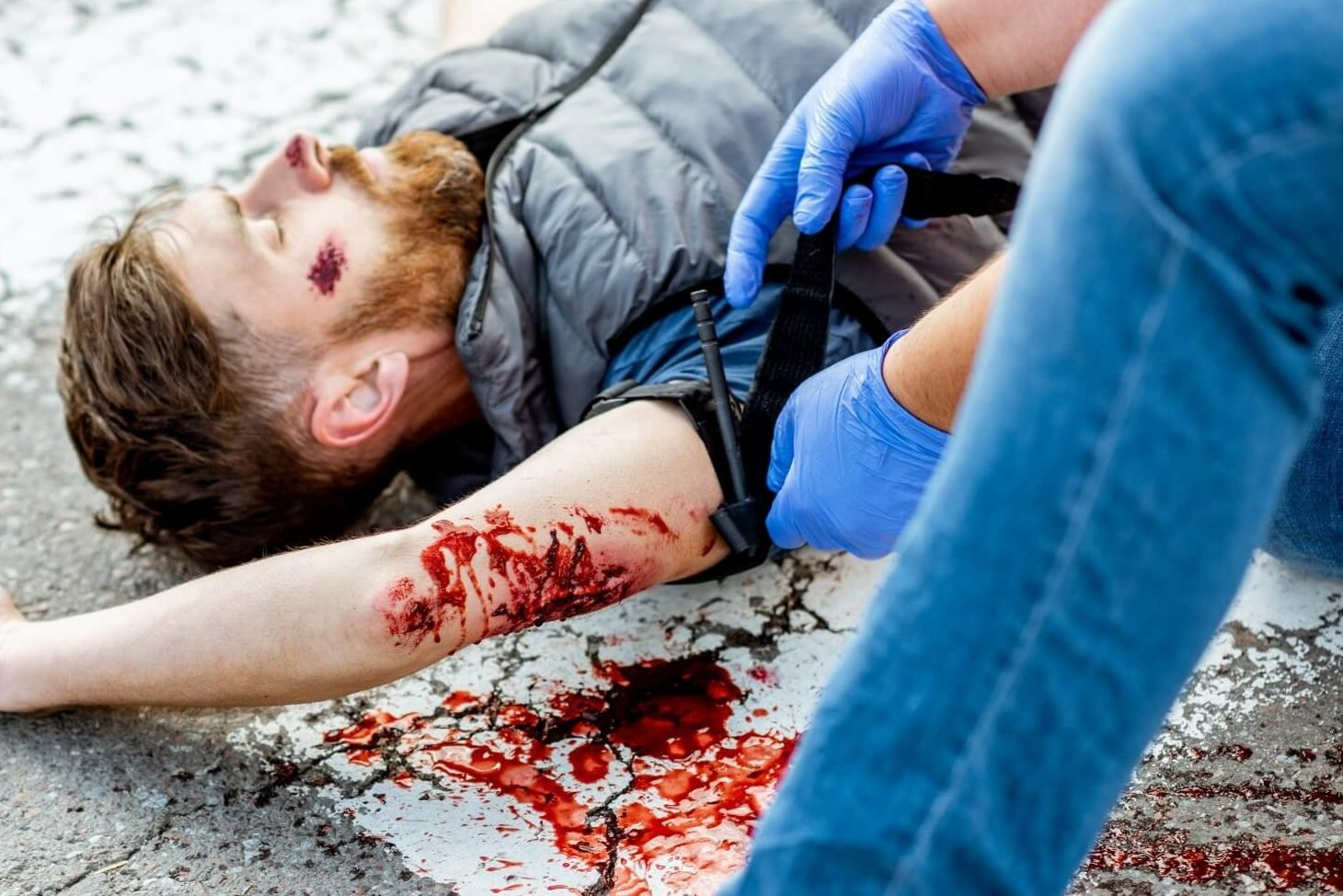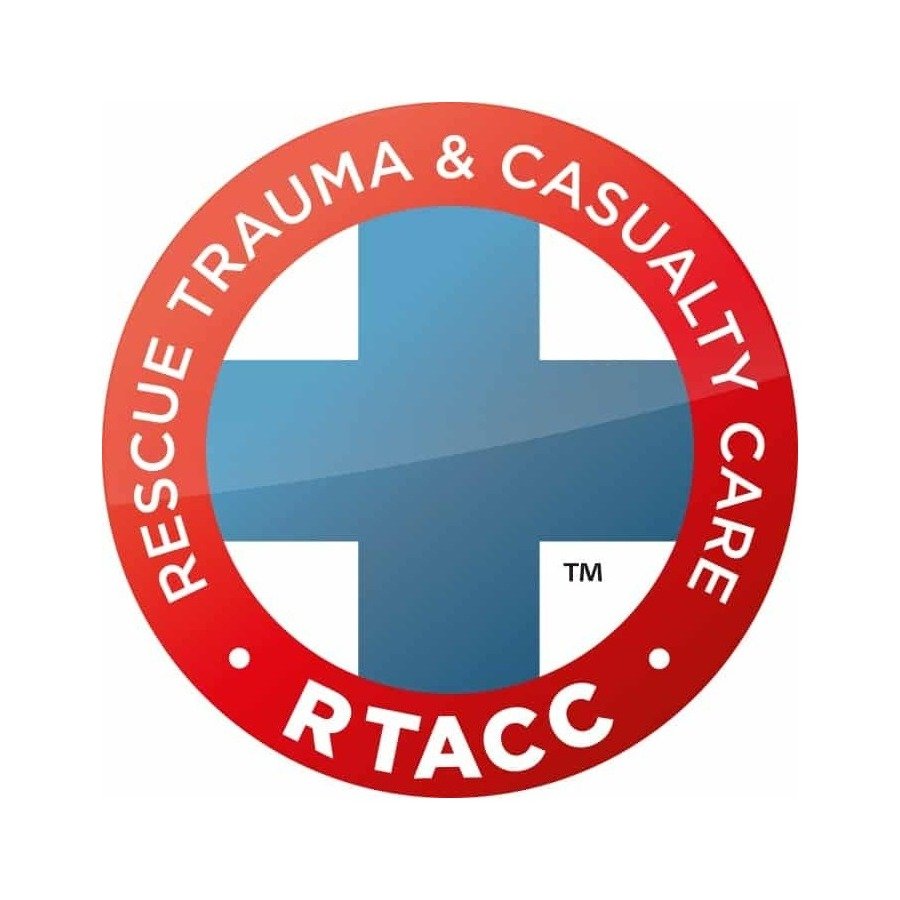
RTACC Course: Rescue Trauma & Casualty Care
Through hyper-realistic scenario-based training, the RTACC course is a cutting-edge prehospital care course that teaches learners how to identify and manage time-critical injuries and casualties.
-
Duration
3/4 Days
-
Location
TBC
-
Booking
Enquire Now
With Our Partner Technical Rescue International
Hyper Realistic Training
RTACC offers hyper realistic life-saving training for emergency services, the security industry, close protection operators, and those operating in high-risk environments. RTACC is a level 3 qualification that meets SIA standards for persons working in the security sector.
Immersive Learning With The RTACC Course.
RTACC teaches learners to react in real time and manage traumatic injuries in an immersive and engaging environment by incorporating live actors to enhance casualty simulation.

Why an RTACC Course?
RTACC delivers a high level of advanced first aid, specifically designed for emergency services personnel and high-risk workplace emergency response team members. Candidates will be equipped with skills and knowledge to confidently manage time critical medical and trauma emergencies in an engaging manner using our experience in providing casualty care in a real-world environment.
RTACC is a regulated qualification delivered through our partner Technical Rescue International who are approved to deliver this course through the ATTAC group and Qualification Network United Kingdom (QNUK). It exceeds the First Aid at Work (FAW) syllabus and additional training stipulated in the Health and Safety at Work (First Aid) Regulations 1981 guidance. The RTACC course maps to the Faculty of Pre-Hospital Care (FPHC) Descriptor E on the Pre-Hospital Emergency Medicine (PHEM) competency framework.
-
RTACC is an advanced prehospital care provider level focused trauma and casualty care course, it can be adapted and delivered with the specific needs of organisations in mind. Candidates will be exposed to real life scenarios environments which are greatly enhanced by live actors and simulation.
RTACC has been developed by leading pre-hospital doctors and healthcare professionals and immerses the learner in their own working environment, delivering interventions and knowledge to assess, treat and prioritise a wide range of time critical and life changing features of trauma thus ensuring better outcomes and excellent casualty care.
Successful Candidates will receive a QNUK Level 3 Award in Rescue Trauma and Casualty Care (RTACC) (RQF).
-
Successful completion of the course will enable delegates to fulfil the following outcomes.
Role and Responsibilities of an RTACC Provider- Kinematics, injury patterns and mechanism of injury
Scene assessment, safe approach and initial actions
Massive haemorrhage control using a stepwise approach or direct/indirect interventions including direct pressure, wound packing, haemostatics and tourniquets
Airway assessment and management using manual techniques and airway adjuncts including oropharyngeal, nasopharyngeal and supraglottic airways
Recognising, assessing and treating thoracic trauma and complications including safe use of emergency oxygen and application of chest dressings/seals
Circulatory assessment, management of internal and external blood loss, wounds and hypovolaemic shock | Head and other injuries assessment and treatment including pain scoring, minor injuries, thermal injuries, musculoskeletal injuries, environmental exposure/effects of cold and heat, manual inline stabilisation, helmet removal, full body immobilisation and limb immobilisation
Casualty top to toe assessment/reassessment and history taking
Adult, child and infant Basic Life Support including CPR and safe use of AED/Defibrillator, recognition and treatment of mild and severe choking and recovery position
Recognition, assessment and treatment medical emergencies including common respiratory conditions, major illnesses and severity factors
Adult Immediate Life Support (ILS) including pit crew resuscitation, airway management and ventilation using bag-valve mask and pocket mask and return of spontaneous circulation drills
Safe use of emergency oxygen including health and safety, indications and contraindications, dosage and methods of administration and monitoring the effects of emergency oxygen
Additional Content such as medical rescue, special patient groups, triage and medical devices available on request
-
First response emergency care level 3 (FREC 3) is a 5-day pre-hospital care training created primarily for individuals interested in working in emergency services, ambulance services, the event medical sector, or in high-risk sectors.
FREC 3 is also a regulated and nationally recognised prehospital care qualification that has been clinically endorsed by the faculty of pre-hospital care - the royal college of surgeons of edinburgh, and it fulfils the competencies outlined in the pre-hospital emergency medicine (phem) skills framework at descriptor level d.
RTACC, on the other hand, is developed to suit the unique casualty care demands of emergency services and high-risk industries, offering tried and tested life-saving skills in a four-day course. RTACC provides a highly focused, well-researched, and completely up-to-date emergency care course for anyone who may come into contact with casualties suffering from life-threatening injuries and medical conditions.
RTACC is also an accredited course that meets the royal college of surgeons of Edinburgh's faculty of pre-hospital care (fphc) and pre-hospital emergency medicine (phem) recommendations level e. (one level higher than FREC). Candidates will be prepared to deal with catastrophic medical and trauma situations in an immersive and engaging environment, gaining knowledge, practical skills, and confidence.
The learner is guided by RTACC to recognise and manage time critical injuries with appropriate interventions. Hands-on experience, live actors, casualty simulation, and short, focused lectures provide the ideal blend of practical and academic learning.





